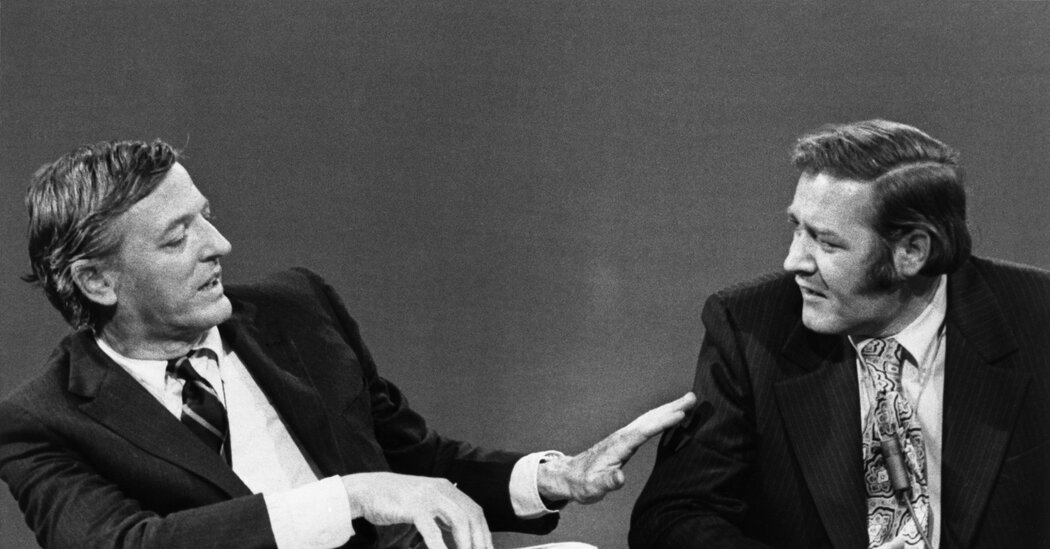SCOUNDREL
How a Convicted Murderer Persuaded the Women Who Loved Him, the Conservative Establishment and the Courts to Set Him Free
By Sarah Weinman
In a country that incarcerates Black people at a rate five times that of white people, one thing is uncomfortably clear: The truth matters less than who controls the narrative. The person whose perspective is amplified is more often the one believed. Just ask Kyle Rittenhouse, the white Fox News favorite who walks free despite shooting three people during a protest against police violence. Or Anthony Broadwater, the Black man whose claims of innocence fell on deaf ears during all 16 years of his wrongful conviction for the rape of the writer Alice Sebold.
Sarah Weinman’s latest true-crime book, “Scoundrel,” is about who receives the benefit of our doubt and the privileges that attend that trust, whether or not it is warranted.
In 1957, Edgar Smith, a 23-year-old former Marine who was both a husband and a new father, confessed to the bludgeoning murder of 15-year-old Vickie Zielinski in New Jersey. After deliberating for two hours, a jury convicted him. The judge sentenced him to death and he was sent to Trenton State Prison.
What interests Weinman, who writes the Crime column for The New York Times Book Review, is not the murder but what transpired in its wake. Through a confluence of events, William F. Buckley Jr., the founder of National Review and one of the architects of the 20th-century conservative movement, learned that Smith was a fan of his publication. Flattered, Buckley began to mail the inmate the latest issues. These communications initiated a relationship that would add up to nine years and 1,500 pages of correspondence — and, ultimately, Smith’s release from prison.
As the two men got to know each other, Buckley not only came to believe that Smith had been wrongfully convicted but took up his cause, publishing a 12,000-word essay in Esquire making the case for Smith’s innocence; with his fee, he seeded a legal fund for Smith’s defense. The essay drew the attention of Sophie Wilkins, an editor at Alfred A. Knopf, who began her own exchange with Smith and eventually published his account of the murder and its fallout, the best-selling “Brief Against Death.”
When Buckley promoted Smith’s book on TV, it paved the way for his pen pal to become the first convicted murderer nominated to join PEN America. The publicity turned Smith into a cause célèbre and led to the overturning of his conviction. Buckley picked Smith up from prison in a limousine, plied him with rosé and roast beef, and drove him directly to a sound studio to tape two episodes of his public affairs show,“Firing Line.”
Smith, who was by then 40 and divorced, married 19-year-old Paige Hiemier, and the couple moved to California, where Smith enjoyed his literary fame — until he attacked another woman.
This is no spoiler; Weinman reveals all of the above in her introduction. By telling us at the beginning how the story will end, Weinman shifts attention from payoff to process. Instead of wondering what will happen, the reader is asked to consider the more important question: how it did.
In straightforward prose, Weinman diligently and chronologically recreates the judicial proceedings, literary lunches, letter exchanges, prison visits, stays of execution and romances (there were many!) that led from incarceration to exoneration and back again. Her research is meticulous and extensive, allowing us to witness step by shocking step how Buckley and Wilkins chose to believe and then hand a microphone to a murderer.
This sort of historical procedural grants all of the players more than enough rope with which to hang themselves.
Here, for example, is Wilkins writing to Buckley: “And the two of us about to spring, if we could, a possible killer who was nevertheless a gifted nonchalant man who couldn’t conceivably be allowed to be fried alive by the ridiculous state of New Jersey.”
And the entitled Buckley, speaking about the prison warden: “He ought to know that National Review would not sensationalize the case, but rather advance the cause of justice to which he is, after all, presumably himself allied.”
Weinman calls out the misogyny that bought Smith’s freedom. Despite widespread reaction to Buckley’s Esquire article, no one seemed to notice how he treated Vickie in it. How he called her “‘flirtatious,’ without any supporting evidence,” implying he believed Smith. Or how “Edgar painted Vickie as sexually voracious and manipulative (despite being 15), as if in order to save his own life he was determined to tar hers.” There’s Wilkins’s repeated misspelling of Vickie’s name (“Vicki”). And the way Smith squashed Hiemier’s memoir: Even behind bars, he had more power.
But in allowing her characters to self-incriminate, Weinman cedes a modicum of control. I found myself wishing she would indict those involved not just for being despicable but for being complicit.
Instead, Weinman makes Buckley out to be a well-meaning man duped by a cunning manipulator: Buckley, she writes, “thought that Edgar was acting in the best possible faith, with the greatest of intentions, only to realize, too late, that he was doing no such thing at all.” When the two first meet, she writes, “the dungeons would be thrown open for his inspection. But who would be inspecting whom?”
Weinman presents a possible reason for Buckley’s misplaced trust: “Humans are hard-wired to believe what other humans tell them.” But this is only half the truth. Humans are hard-wired to believe what they are told by other humans whom they perceive to be like themselves. Donald G. M. Coxe, a former National Review correspondent, admits as much: “We were taken in, I suspect, in part by our unwillingness to believe that anyone who loved NR could be a savage killer.”
Buckley’s outlook — pro-police, pro-capital punishment, supportive of the right “not to get killed, not to get raped, not to get robbed” — was antithetical to Smith’s in many ways. But fundamentally, these two were very much alike — both white, male, straight, conservative and financially secure. Buckley trusted and gave a national platform to a man he perceived to be like himself. And he did this at the expense of the women whose lives were ended or upended by Smith.
Ultimately, it’s Smith who says the quiet part out loud. “You know why I’m here and not still in jail?” he asked a reporter on the day he was released. “Because I’m not Black, poor or dumb. That’s the secret.” He might have added “or a woman.” Thanks to Weinman, it’s not a secret anymore.



























